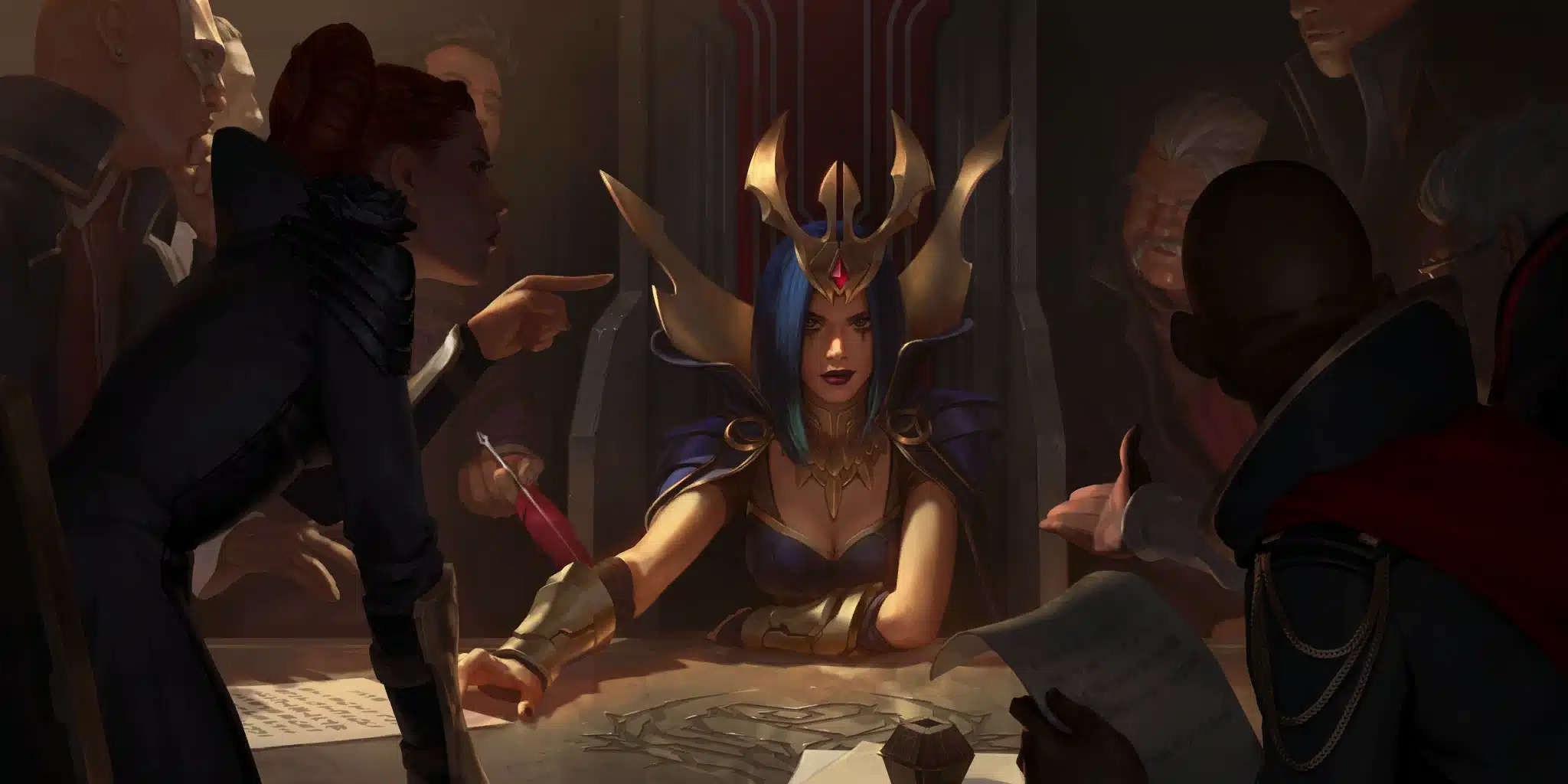Table of Contents
Macro
It may be important to know what macro stands for to begin with. It’s basically a collection word for all high-level decision making based gameplay which involves rotations, recall timings, tempo, etc. This is in contrast to mechanical skills (micro), which is just how well you control your character. Micro is mainly hands and macro is mainly brains.
Macro concept understanding relies heavily on experience – but it also helps to think about them, learning core concepts can help you see how League could be played. Experience helps with intuitive understanding and recognition, but cognitively going through them improves learning and may help crystallize certain ideas about the game. In a team it also helps communication and joint understanding about the game.
Macro is best played as a team, so if you are looking for players to play with, you can use our zleague app which can aid you in matching with likeminded people.
Lane Priority
Lane Priority refers to your ability to move out of the lane to help out in sidelanes or your Jungler.
If you are pushed in under a turret, you have very low priority, which is also modified by the size of the wave you are pushed in by. With a 2-3 wave slow push being shoved in under your turret you have essentially 0 lane priority. This is because you can’t trade into the opponent to force them to stay, you can’t rotate to the immediate sides — so you would have to rotate by going back and through your own jungle unless your Jungler is there. All the while you are losing out on hundreds of gold by minions dying to your turret.
Why this concept is important is that it should directly influence your decisions. For example as a Jungler deciding if you want to contest Scuttle Crabs, take objectives or invade should heavily depend on your nearby lane’s priority. Taking a Herald with no priority in top or mid is just praying that they don’t know you are taking it. If your opponents know, it is likely you die and lose Herald.
Rotations
Rotation is how you move between lanes and objectives. One very common rotation in higher level play is the support and mid laner roaming to the Herald and the ADC may follow to the mid lane to cover.
One can also use the word rotation when you rotate the botlane to mid or top after they have destroyed their bot turret. It comes down to moving the champions around to most effectively take objectives,so it is a very core macro concept.
Knowing how and when to move for objectives minimizes downtime and maximizes your resources. It is intrinsically linked with tempo, as good rotations are a large factor of team-wide tempo.
Scaling
Scaling refers to champions and team compositions growth potential over time and resources. A scaling champion grows much more powerful over time with levels and more resources. Examples are characters that become really powerful at 3+ items or at levels like 13 or 16.
Scaling just means that at later stages, resources weigh more on your champion — so you could be 5k gold down and still be stronger. It is not an easy concept to practically understand without playing a lot as you need to understand the power curves of different champions.
There are other concepts, but we felt these were the most important ones to know about as these color heavily how the macro should be played.
Key Macro Takeaways
- Macro is an aggregation concept of essentially decision making in League of Legends
- Lane priority refers to how much control you have over your lane
- Playing around lane priority is key in League
- A teams movement between lanes and objectives is called rotations and is a driving force in tempo
Scaling in League means how much you ‘scale up’ from resources and exp, the more you scale, the stronger you are in late game.



